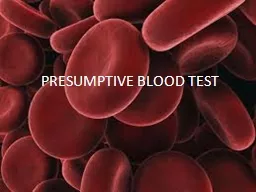PPT-VA Presumptive Service Connected Conditions
Author : alida-meadow | Published Date : 2015-11-12
Michelle Kennedy Prisco MSN ANPC Washington DC WRIISC Service Connection Disability Established through many ways Four most common ways are Disability occurred
Presentation Embed Code
Download Presentation
Download Presentation The PPT/PDF document "VA Presumptive Service Connected Conditi..." is the property of its rightful owner. Permission is granted to download and print the materials on this website for personal, non-commercial use only, and to display it on your personal computer provided you do not modify the materials and that you retain all copyright notices contained in the materials. By downloading content from our website, you accept the terms of this agreement.
VA Presumptive Service Connected Conditions: Transcript
Download Rules Of Document
"VA Presumptive Service Connected Conditions"The content belongs to its owner. You may download and print it for personal use, without modification, and keep all copyright notices. By downloading, you agree to these terms.
Related Documents














